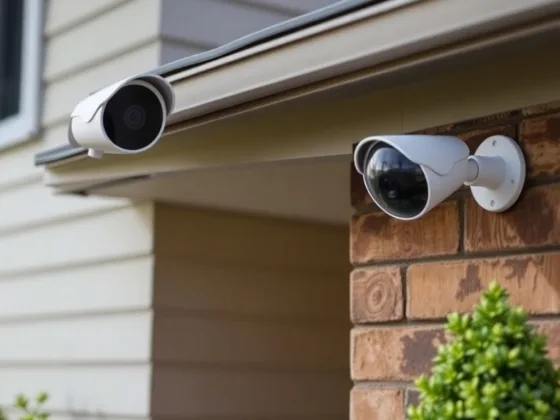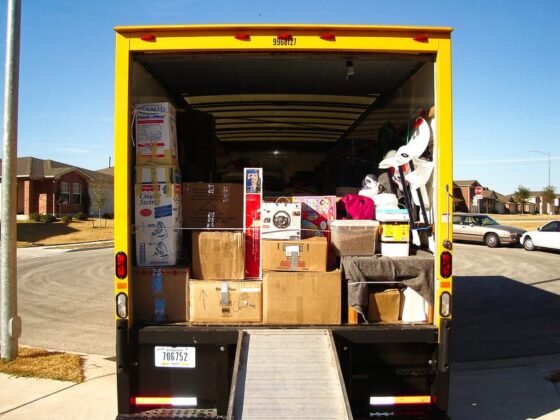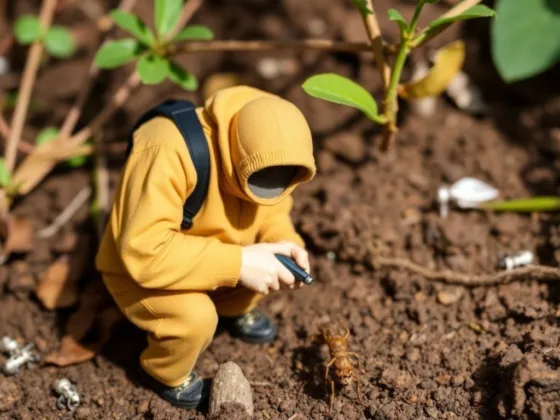Table of Contents Show
While every kid grows at their own pace, certain developments and milestones happen consistently for every child. As a parent, you need to be aware of the milestones for each developmental stage to make sure that your child is thriving and growing healthily.
Skills such as taking their first step and saying their first words are vital indicators of a healthy child. If anything, it can allow early detection of any critical concerns or abnormalities.

Besides, this information is helpful to foster your child’s development. By understanding how they grow, you can build the right environment and setting to let your child learn better.
This can give your child a solid foundation for academic success or simply make sure they grow into a functional member of society.
Generally, there are 4 areas of development during early childhood: motor, communication, cognitive, and emotional.
Motor Development
Motor development means the physical growth and strengthening of a child’s muscles, bones, and ability to move. This can be anything from the physical skills of moving their hands and toes to sit, crawling, and eventually walking.
Generally, motor skill development follows a predictable sequence. It starts from larger muscle movements like moving their head and arms, then gradually to more refined controls like moving their fingers and toes.
Motor development is often associated with specific ages, and you can get more details through this child milestone chart.
Physical and motor development is essential throughout infancy and early childhood because they are related to other development areas. For example, if a child can crawl or walk, they can move around more easily to explore their environment, which affects their cognitive development.
To help your child develop motor skills, parents and caregivers can get them to try walking by holding their hands or using a stroller. Another idea is to place a toy at a distance to encourage them to stretch and reach towards it.
Read Also:
Communication Development
Next, learning languages and communicating is another vital part of your child’s development. It is key to letting young children gain the skills to understand and to express their thoughts and feelings.
As a matter of fact, we begin communicating from the moment we are born. First, through letting our mothers know we are hungry by crying, then through sounds and gestures as we grow.
As a child develops, we must nurture their communication skills to express themselves, clearly and confidently, in all aspects and areas of their life. In turn, this also helps them develop healthier interactions and better relationships.
When developing language skills in early childhood, family members and teachers are responsible for rich stimulation. At home, you should communicate and interact more with your child to develop these skills quicker and earlier.
Reading to your child is also a great activity you can do to help improve your child’s communication proficiency. It introduces them to a range of vocabulary and helps with language acquisition.
Sending your child to preschool can also help in this area as they will have more interactions with their teachers and friends. You can continue reading here to learn more about the curriculum at preschools focused on developing communication and language skills.
Cognitive Development
Cognitive development means when your child starts to gain the ability to think and reason. Often, this begins at the age of six, and your child is more likely to explore, think, and understand the world around them.
At this time, you should actively engage with your child to promote its cognitive development. Answer your child’s why questions and expand their interests by exposing them to more learning activities.
For example, if your toddler shows interest in drawing, you can sign them up for an art class or if they are interested in space, you can take them to space exhibitions.
However, mental processes can be highly different between a child at six and a child at 12. In any case, encourage your children to get involved with their hobbies and explore age-appropriate experiences.
By creating a supportive environment, all children can feel included and comfortable exploring.
Emotional Development
Do you remember the first time you shared your favorite childhood toy? You may have been unhappy or threw a tantrum before when it comes to sharing, but now you do it willingly.
You might not have known it at the time, but that was a big step in your own emotional growth. This emotional development was guided by the adults in our life.
In fact, we start experiencing emotions around 15 months, beginning with feelings of empathy and self-consciousness. As we grow, we experience happiness, fear, anger, and even complex and confusing feelings.
Teaching your child how to express their emotions and the proper response is the most significant responsibility as parents. Because no matter what age, children always mirror their caregivers. So you need to make sure you are an adequate role model.










